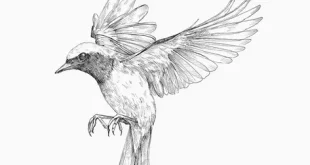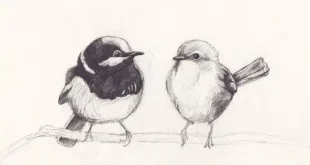Why Spoon bill Birds Famous in the USA
Introduction to Spoonbill Birds
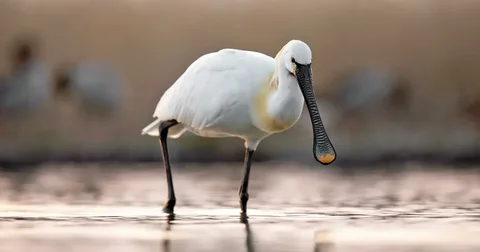
Spoon bill birds are extraordinary wading birds that capture attention with their unusual spoon-shaped bills and elegant beauty. These unique birds thrive in wetland habitats such as marshes, estuaries, and shallow lagoons where food sources are abundant. The Roseate Spoonbill, recognized for its striking pink plumage, is the most notable species observed in the USA. Their specialized bills are designed for sweeping shallow waters, detecting prey through touch, and capturing small aquatic creatures efficiently. Bird enthusiasts admire their presence not only for their appearance but also for their ecological contributions within wetland ecosystems. Observing these graceful birds in their natural environment offers valuable lessons about adaptation, biodiversity, and ecological interdependence. Spoonbill birds symbolize the fragile connection between wildlife and wetland conservation, reminding humans of their responsibility toward protecting natural habitats.
Physical Features and Distinctive Traits
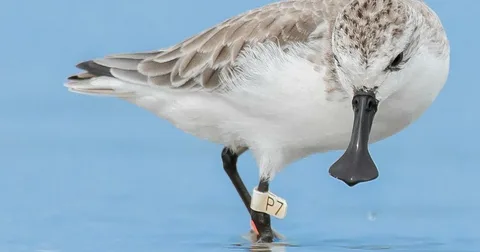
The physical appearance of spoonbill birds makes them distinctive and easily recognized among other wading bird species worldwide. Their spoon-shaped bills are designed for tactile feeding, snapping shut immediately when detecting fish, crustaceans, or aquatic insects. Standing two to three feet tall, their long legs allow them to navigate shallow water with remarkable precision. Most species have white or pale plumage, but the Roseate Spoonbill in the USA displays vivid pink feathers. Their wings are broad and rounded, supporting graceful and steady flight across wetlands during foraging or seasonal movements. Red legs and bare patches of skin around the face further enhance their unique appearance and ecological identity. Bird watchers find these physical features fascinating as they highlight evolutionary adaptations for wetland survival. Spoonbill birds remain an unforgettable sight for bird enthusiasts fortunate enough to encounter them in the wild.
Spoon Bill Birds Habitat and Distribution
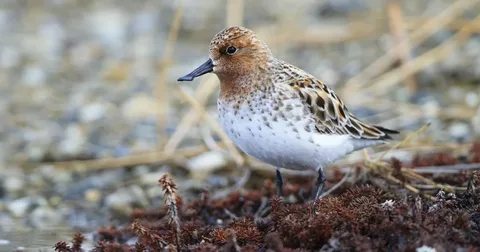
Spoonbill birds primarily inhabit wetlands, shallow lakes, tidal flats, mangroves, and estuaries offering abundant food and nesting opportunities. Globally distributed across Asia, Europe, Africa, and the Americas, they demonstrate remarkable adaptability to diverse ecological environments. In the USA, Roseate Spoonbills are found mainly in Florida, Texas, Louisiana, and other coastal wetland regions. These areas provide suitable feeding grounds and warmer climates necessary for survival, particularly during harsh seasonal changes. Nests are typically constructed in colonies near water, often in trees or shrubs, ensuring protection from predators. Their global presence emphasizes the importance of maintaining wetland ecosystems for the survival of both migratory and resident populations. Bird watchers in the USA are increasingly aware of the conservation needs of these remarkable wading birds. Protecting wetlands ensures spoonbill birds continue thriving and enriching ecosystems through their ecological contributions and adaptive feeding methods.
Spoon Bill Birds Feeding Habits and Social Behavior
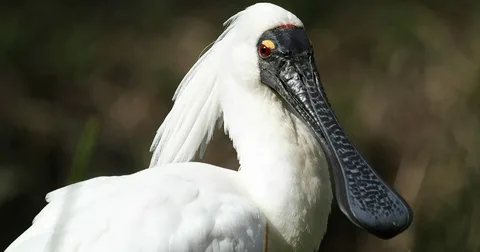
Their sweeping motion with bills side-to-side allows them to detect prey in shallow waters with remarkable efficiency. Diets consist of fish, amphibians, crustaceans, and aquatic insects that they catch while wading through marshes and estuaries. Unlike solitary predators, spoonbills often forage in groups, which increases efficiency and enhances safety from potential predators. Social birds by nature, they form colonies during nesting seasons, building large stick nests in nearby trees. Their cooperative behavior not only provides protection but also increases breeding success rates within larger colonies. Spoonbill birds demonstrate a balance of beauty, intelligence, and social adaptability that ensures their survival in wetland environments.
Conservation Importance and Human Awareness
Conservation of spoonbill birds is crucial, as habitat destruction, pollution, and climate change threaten their populations across multiple regions. Historically, Roseate Spoonbills in the USA suffered population declines due to plume hunting and wetland drainage for agriculture. However, conservation efforts, legal protections, and habitat restoration programs have gradually helped their populations recover in recent decades. Public awareness campaigns emphasize that protecting spoonbill birds safeguards biodiversity while preserving critical habitats for numerous species.
Spoonbill Birds: The Elegant Waders of Nature
The beautiful Spoonbill Birds are fascinating wading birds known for their unique spoon-shaped bills and graceful appearance. Found in wetlands and coastal areas of the USA, they use their wide bills to sift through shallow waters for fish and insects. Their long legs and soft white or pink feathers make them stand out in their natural habitats. Spoonbills are social birds that live in large colonies, often seen flying in graceful formations. During breeding season, their plumage becomes brighter, adding to their stunning beauty. These birds play an important role in maintaining the balance of aquatic ecosystems, making them one of nature’s most elegant species admired by bird watchers and photographers.
Habitat, Feeding, and Conservation of Spoonbill Birds
Spoonbill Birds prefer marshes, lagoons, and riverbanks where food sources are abundant. They feed mainly on small fish, crustaceans, and aquatic insects by sweeping their spoon-shaped bills side to side in the water. In the USA, species like the Roseate Spoonbill are famous for their bright pink feathers and graceful flight. These birds often nest in mangroves and tall trees near wetlands, protecting their young from predators. Though not currently endangered, habitat destruction and pollution remain major threats to their population. Conservation programs focus on wetland restoration and habitat protection to ensure their survival. Spoonbill Birds continue to symbolize balance and grace in nature, making them a true treasure of the wild.
 Birds Drawing Birds Drawing
Birds Drawing Birds Drawing

